Preterm babies, or babies born before 37 completed weeks of gestation, often have a number of medical problems that can affect them both in the short-term as well as over time. Retinopathy of prematurity (ROP) is one such problem estimated to occur annually in 15% to 20% of preterm babies. Primarily affecting very preterm babies born before 31 weeks of gestation, ROP occurs when normal retinal development is interrupted by the higher oxygen concentration that preterm babies are exposed to — either from room air or incubator air — when outside the womb. The higher oxygen concentration stops the retinal vessels from growing, and this sets off a cascade of events that over time leads to the increased expression of factors, such as vascular endothelial growth factor (VEGF), that then trigger the growth of abnormal vessels between the retina and lens of the eye, sometimes causing retinal detachment. Vision loss and blindness result.
Fortunately, blindness can be avoided with proper understanding of the risk factors for developing retinopathy of prematurity, how to diagnose it, and the available treatment options when treatment is needed. In November 2020, the European Foundation for the Care of Newborn Infants (EFCNI) developed a fact sheet on ROP. The following quiz was developed based on the information provided.
7-Question Interactive Quiz: Retinopathy of Prematurity
This content was developed by American Nurse Journal and was provided through an educational grant by Medtronic.

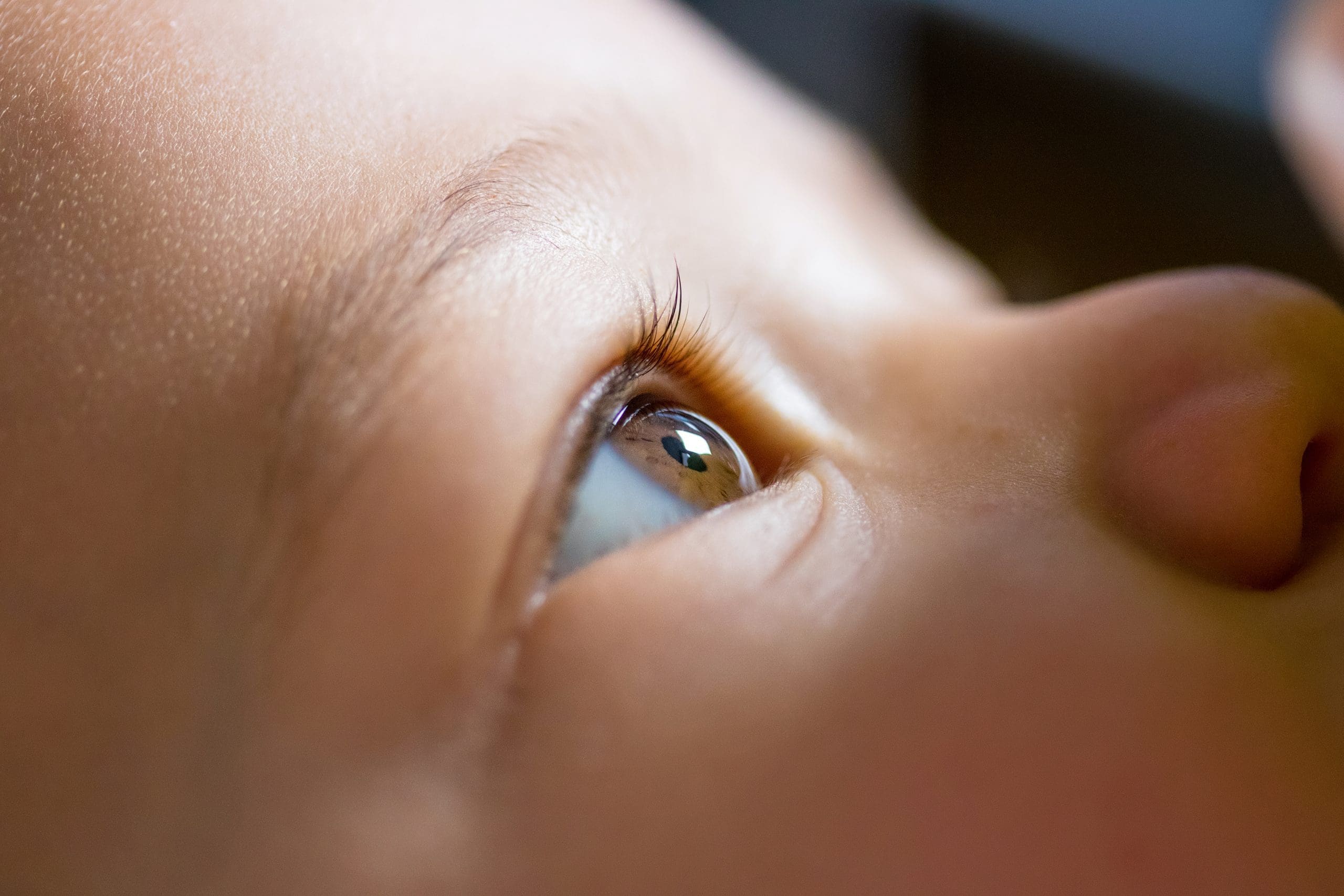


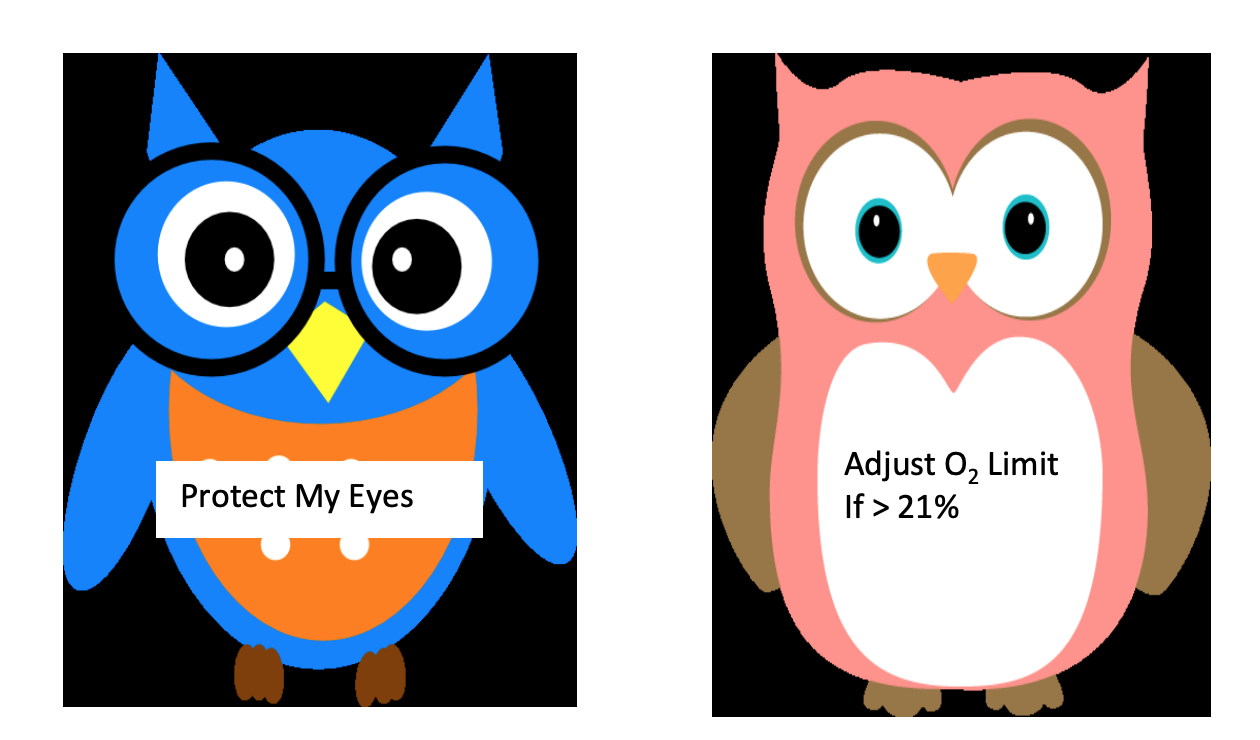
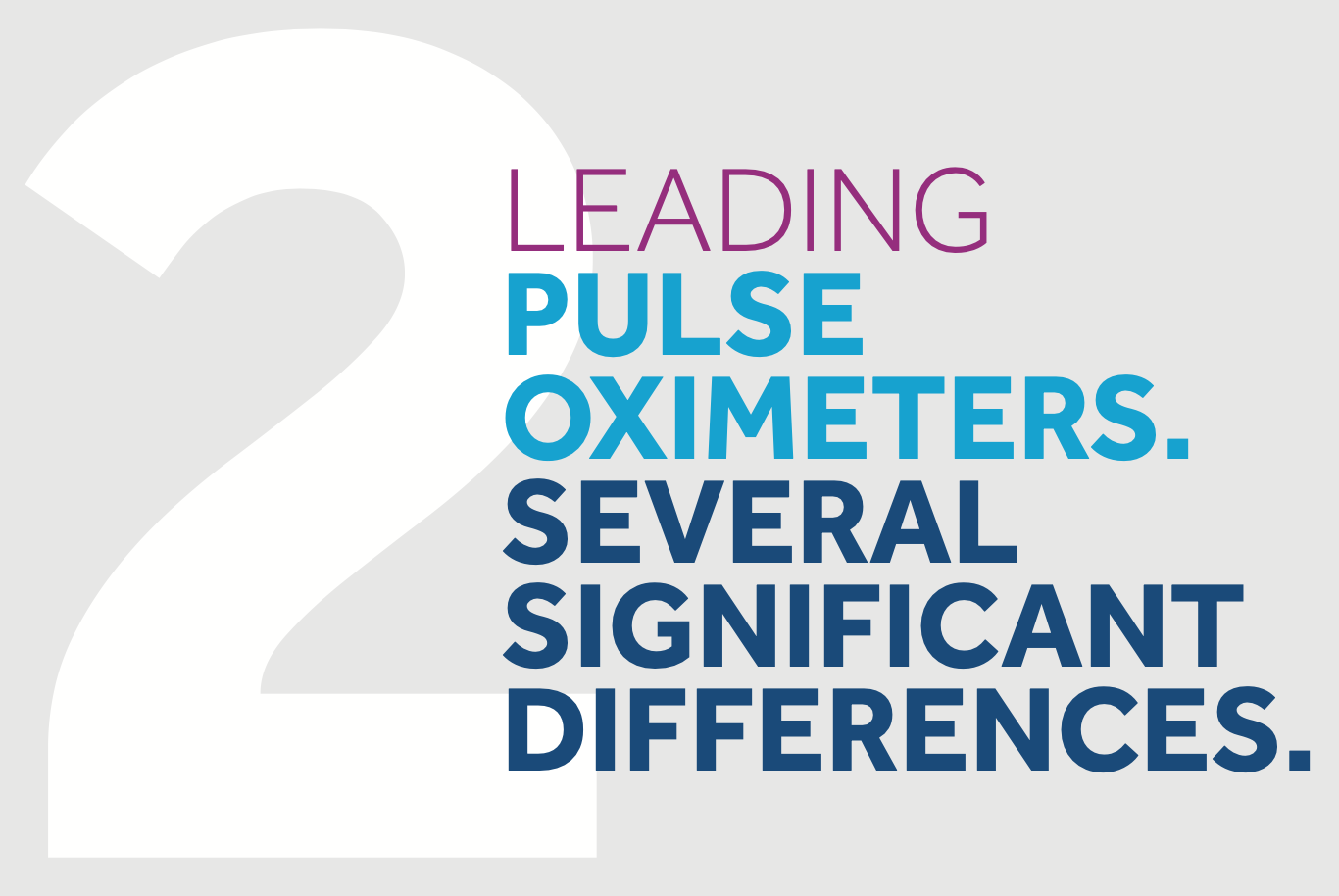
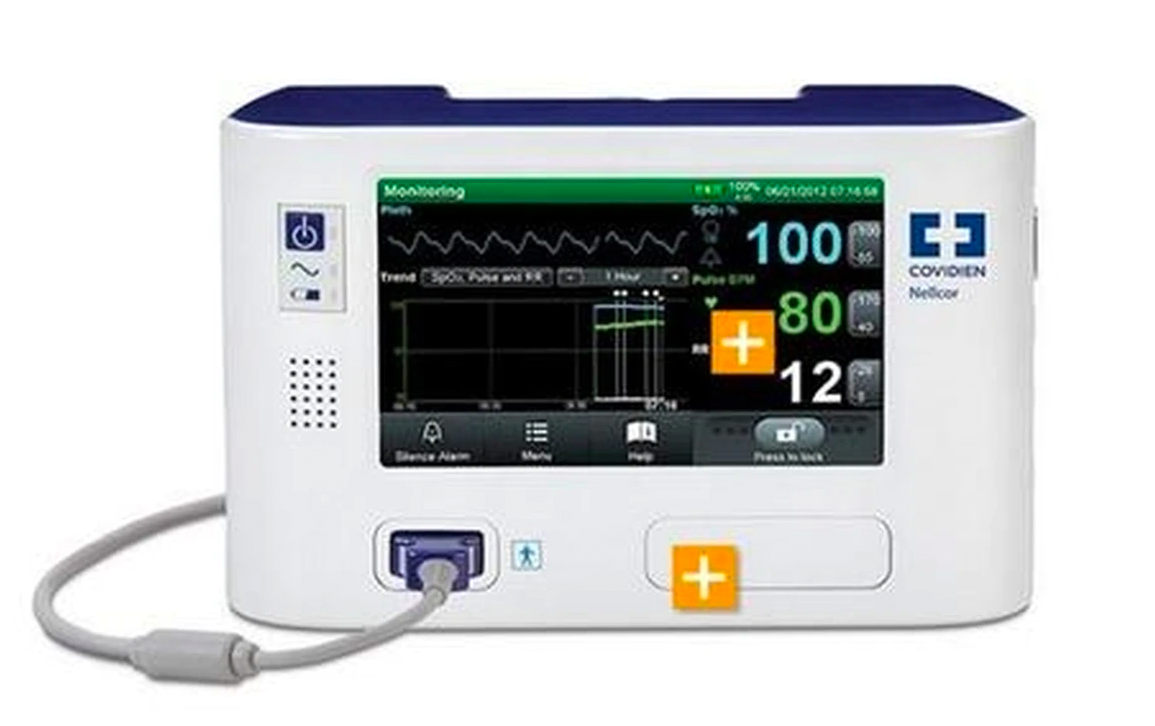
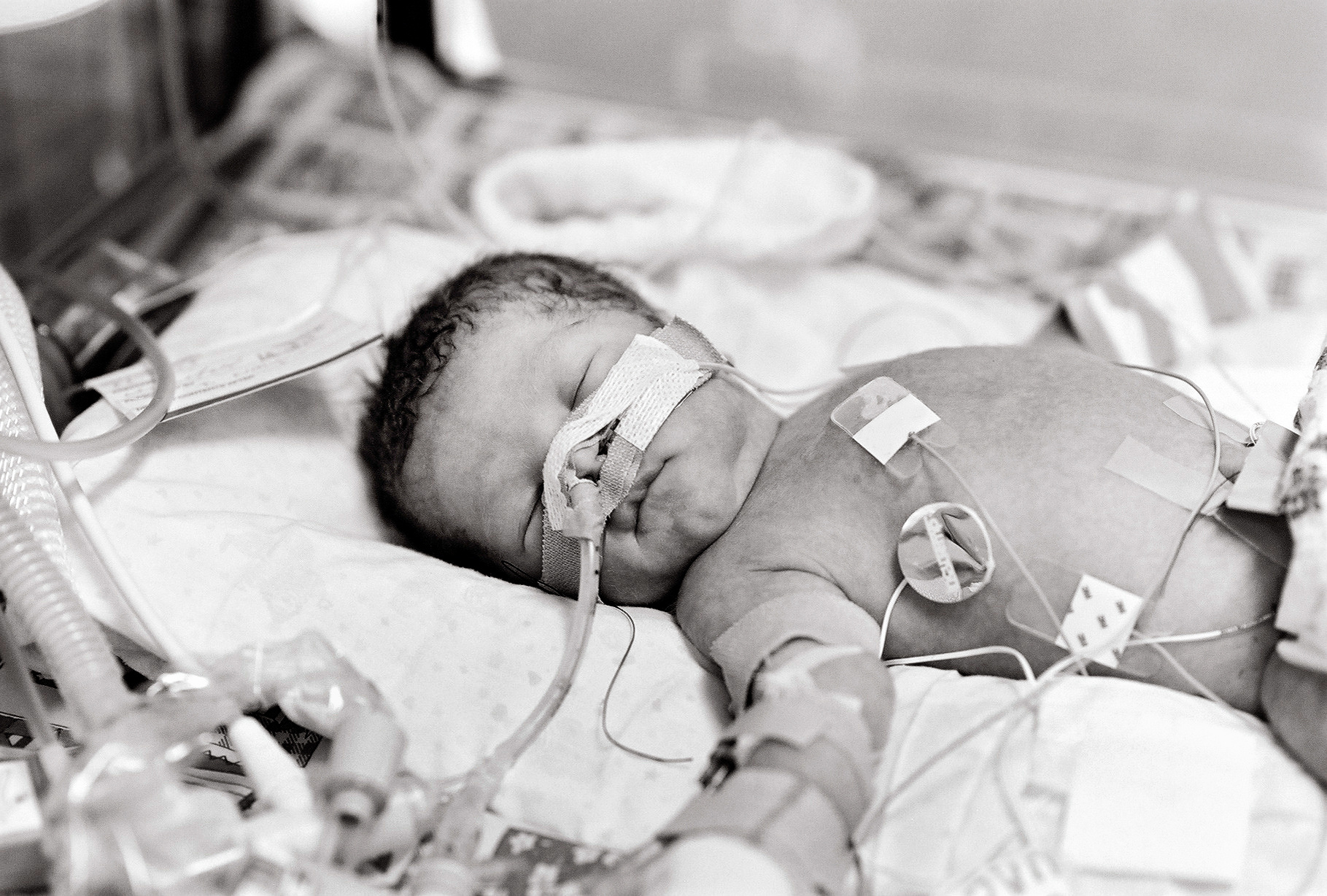




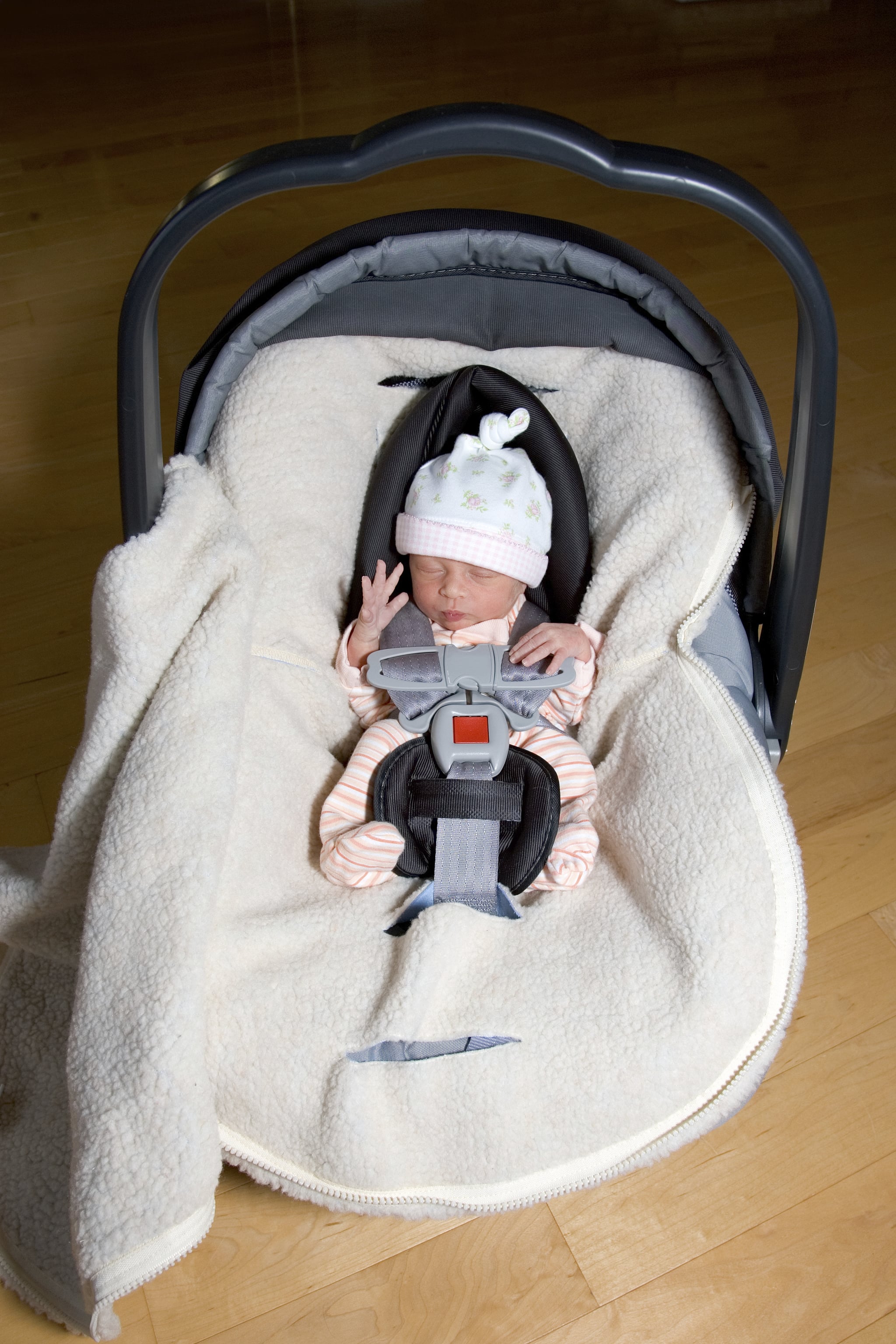
2 Comments.
Thanks
thanks useful quiz